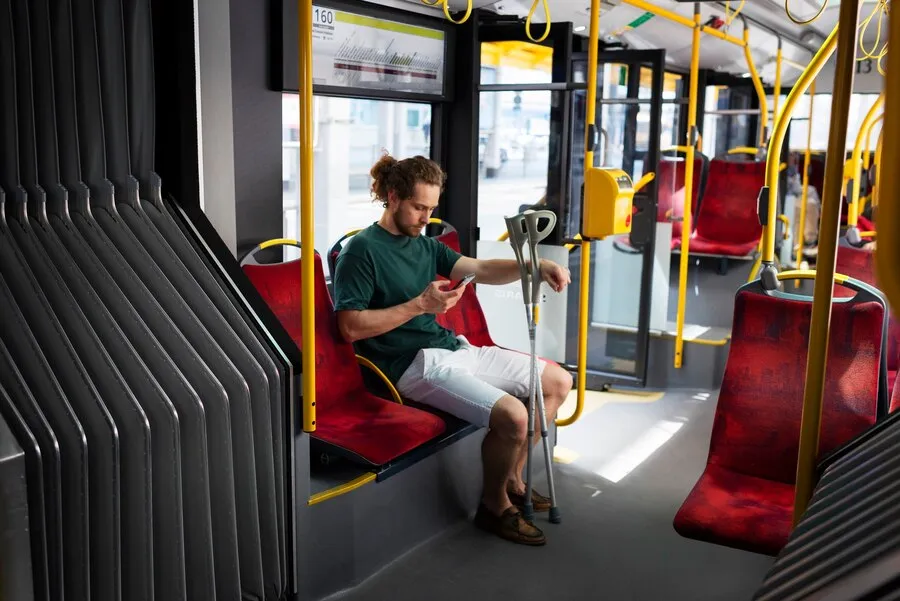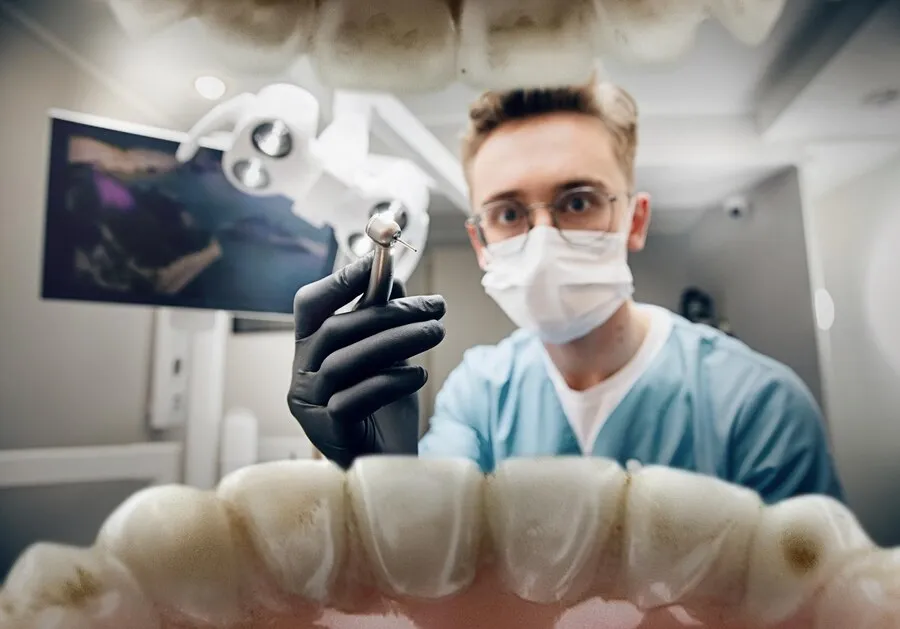Crutches are vital mobility aids allowing individuals to remain active when injuries or conditions impair walking. However, safe and effective crutch use requires proper fitting by healthcare specialists along with training in techniques tailored to the user’s needs and environment.
Crutches are crucial in supporting individuals recovering from lower limb injuries, providing mobility and stability during rehabilitation. Proper selection, fitting, and usage of crutches are essential to ensure comfort, safety, and effective support. This article offers a comprehensive guide on selecting and using crutches, including the key steps for fitting and measurement.
There are several types of crutches available, each catering to different needs and preferences. The common types include Axillary (Armpit) Crutches: These crutches rest under the armpits and are the most traditional type. They provide support by transferring weight through the hands and upper body. Forearm Crutches: Also known as elbow crutches, these crutches feature a cuff that wraps around the forearm, providing support without putting pressure on the armpits. Forearm crutches offer increased mobility and are often more comfortable for long-term use.
Crutches Fitting Essentials
Since most weight is supported by the hands and arms when using crutches, getting fitted crutches is crucial to avoid upper body strain and discomfort. Factors addressed include:
- Handgrips at correct width – Avoid finger overlapping and arm abduction
- Cuff or cover density and shape – Distribute pressures for comfort
- Arm support height – Enable ~30-degree elbow flexion for shock absorption
- Overall length – Align crutch tip beside and 15 cm ahead of foot
- Rubber stoppers and tips – Supply traction; Replace when worn
Ideally, patient weight, hand size, and arm length are measured by physical therapists to determine optimal crutch dimensions. Adjustable aluminum crutches allow customization as needs change. Forearm crutches are another option permitting more weight-bearing on arms vs. hands. The correct size and style prevent aggravation of existing or new injuries.
Proper Crutch Walking Technique

Along with specialized fitting, crutch walking training ensures safe effective mobility. Key technique pointers include:
- Advance crutches forward 12” then step injured leg to meet crutches
- Don’t lean on crutch pads; Increase triceps/grip strength instead
- Keep elbows bent ~15 degrees when bearing weight
- Ensure a secure base of support between crutch tips before shifting
- Step first with an uninjured leg when navigating slopes/stairs
- Customize techniques for specific functional environments
Check-ins with mobility specialists during rehabilitation determine when crutches are no longer required and ensure any residual effects from use, like nerve impingements or strain symptoms, are promptly treated.
Crutches empower patients to engage in recovery rather than remain sedentary after injuries actively. A customized fit paired with proper usage technique facilitates mobility essential to regaining strength and function day-by-day. Consult a physical medicine specialist for personalized crutch recommendations and training tailored to your needs.
Crutch height and fit may need to be reassessed periodically, especially during the early stages of rehabilitation. Changes in mobility, swelling reduction, or variations in footwear may necessitate adjustments to maintain optimal support and comfort.
Selecting and using crutches effectively is a critical aspect of the rehabilitation process for individuals recovering from lower limb injuries. By choosing the right type of crutches, measuring for proper height, and emphasizing correct usage, individuals can enhance their mobility, maintain safety, and promote a smoother recovery journey. Regular follow-up assessments and adjustments ensure that the crutches provide the necessary support throughout the rehabilitation period.

Jasper Bruxner is a passionate and versatile blogger with a keen eye for trends and a knack for crafting engaging content. As the founder of WendyWaldman, he has established himself as a trusted resource in a diverse range of niches, including food, tech, health, travel, business, lifestyle, and news. He tends to share the latest tech news, trends, and updates with the community built around Wendywaldman. His expertise and engaging writing style have attracted a loyal following, making him a respected voice in the online community.




